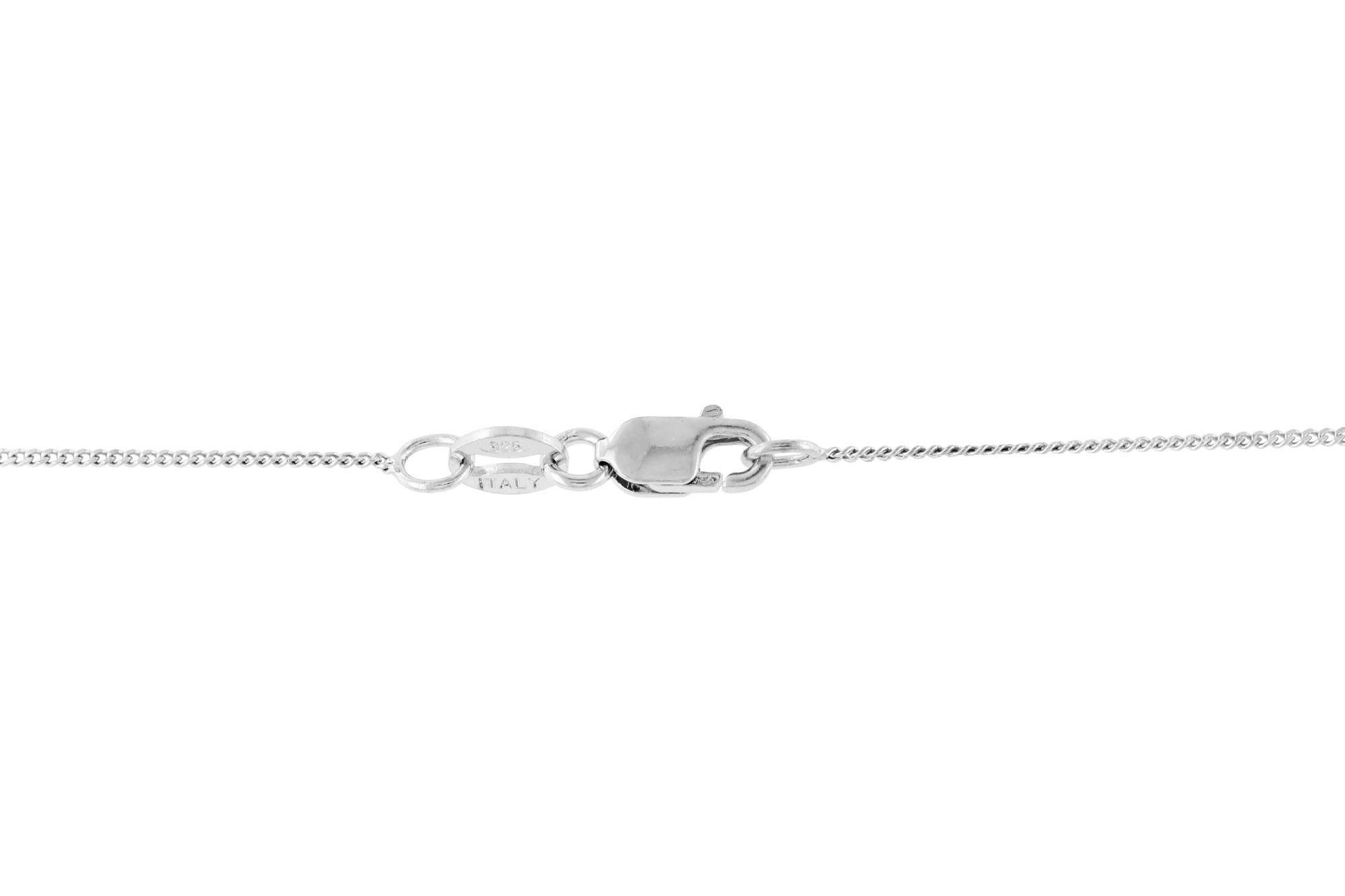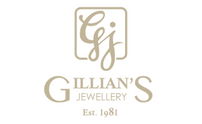In the realm of jewellery, clasps are the unassuming yet indispensable elements that unite beauty and functionality. These small mechanisms, often taken for granted, play a pivotal role in ensuring that our cherished necklaces, bracelets, and anklets not only grace our bodies but also remain securely in place. In this blog, we explore the significance of jewellery clasps, the telltale signs that replacement is due, the diverse types of clasps available, and offer expert recommendations to preserve and enhance your jewellery-wearing experience.
The Significance of Jewellery Clasps
Jewellery has an undeniable allure; it’s a tangible expression of artistry and sentimentality. The pieces we choose often reflect our personalities, commemorate special moments, or serve as heirlooms passed down through generations. The meticulous craftsmanship that goes into creating a piece of jewellery is evident in every facet, gemstone, and metal. However, beneath the surface beauty lies a crucial element that bridges the gap between aesthetics and practicality—the clasp.
A clasp is more than just a functional component; it’s a guardian of our cherished ornaments. Its purpose extends beyond keeping a necklace from slipping off or a bracelet from falling away. A well-designed clasp ensures that our jewellery rests elegantly against our skin, enhancing our appearance while allowing us to move with confidence. Imagine the discomfort of constantly adjusting a necklace due to a faulty clasp, or the distress of realising that a beloved bracelet has gone missing because the clasp failed.
Furthermore, the clasp serves as a safeguard for both emotional and financial investments. It secures not only the jewellery itself but also the memories and moments it represents. Whether it’s a necklace worn on a milestone birthday, a bracelet received as a token of affection, or a family heirloom passed down through generations, the clasp’s reliability preserves the sentiments attached to these treasures.
Importance of Well-Functioning Clasps
In the intricate dance between beauty and function, jewellery clasps take centre stage. They are the unsung heroes that ensure our adornments remain an integral part of our attire, seamlessly blending into our everyday lives. The interplay of aesthetics and functionality is where the true essence of well-designed jewellery resides. A necklace that complements your neckline perfectly but lacks a reliable clasp can quickly turn from a fashion statement into a source of frustration.
The significance of well-functioning clasps becomes even more apparent when considering the active lifestyles many of us lead. From morning workouts to professional meetings, social gatherings to quiet evenings at home, our jewellery accompanies us through a myriad of experiences. A secure clasp allows us to navigate these moments with ease, eliminating the need for constant adjustments or worries about loss.
Moreover, clasps contribute to the longevity of our jewellery pieces. A poorly functioning clasp can subject the jewellery to unnecessary stress, leading to breakage or deformation. By investing in high-quality clasps and ensuring their proper maintenance, we extend the life of our cherished ornaments, passing them down to future generations as enduring symbols of our style and heritage.
When Do You Need to Replace the Clasps
While jewellery clasps are designed to withstand regular wear, they are not impervious to the passage of time and the rigours of daily use. Recognizing the signs that a clasp may need replacement is essential for preserving both the aesthetic and functional aspects of your jewellery.
One of the most evident indicators is the ease of opening and closing the clasp. If you find yourself struggling to secure or unfasten your jewellery, it’s a clear indication that the clasp’s internal mechanisms may be compromised. Additionally, keep an eye out for tarnishing or discoloration, which not only affects the appearance of the clasp but also suggests underlying corrosion.
A loose or bent clasp is another red flag. A clasp that no longer holds the jewellery securely poses a significant risk of loss. Similarly, missing or broken components indicate that the clasp is no longer capable of fulfilling its intended function. In some cases, you might notice an audible clicking sound when manipulating the clasp. This could signal misalignment or damage, warranting further inspection.
Common Types of Clasps
The world of jewellery clasps is as diverse as the pieces they adorn. Each clasp type boasts its own unique design, mechanism, and suitability for different types of jewellery. Understanding the various clasps available empowers you to make informed choices that enhance both the aesthetics and functionality of your adornments.
Lobster Clasps
Also known as Parrot Clasps or Cartier Clasps, are well-known for their durability, lobster claw clasps are characterised by their distinctive shape resembling that of a lobster’s claw. They have a spring-loaded lever mechanism that opens and closes the clasp. This type of clasp is versatile and is often found on a variety of jewellery pieces. They are available in different sizes from 8mm to 20mm.
Bolt Ring Clasps
Bolt ring clasps are available in a range of sizes, spanning from 5mm to 22mm, catering to various widths of chains and bracelets. The smaller variants are well-suited for delicate chains, ensuring a seamless and secure closure. On the other hand, the larger bolt ring clasps find popularity among those adorning substantial bracelets and necklaces, as they provide the necessary strength and durability for heavier pieces
Toggle Clasps
Toggle clasps present an exquisite fusion of style and utility. Comprising a T-shaped bar that seamlessly slots into a circular ring, they establish a dependable and stylish fastening mechanism. Widely favoured in chunky bracelets and necklaces, toggle clasps not only ensure security but also infuse an element of sophistication into the overall design, making them an ideal choice for those seeking both aesthetics and practicality in their jewellery pieces. However, if you shift at an incorrect angle, the clasp may become undone.
Magnetic Clasps
Magnetic clasps harness magnetic force to ensure a reliable and effortless closure, making them a boon for individuals with limited dexterity who often find traditional clasps cumbersome. However, it’s worth noting that magnetic clasps might lack the strength required for bulkier jewellery items. They excel in simplifying the fastening process, especially for those who struggle with intricate clasps, yet their effectiveness diminishes when dealing with weightier pieces.
Box Clasps
Box clasps exhibit an elegant design, marked by a compact box-shaped compartment that seamlessly slots into a complementary frame. For enhanced security, certain iterations incorporate a safety catch. Renowned for their versatility, box clasps can take on intricate ornate forms, rendering them adaptable for a myriad of jewellery styles and aesthetics. With their sturdy build and refined closure mechanism, these clasps epitomise both beauty and functionality, ensuring your cherished pieces remain in place with timeless allure.
Hook and Eye Clasps
Hook-and-eye clasps encompass a straightforward yet efficient design, involving a hook on one end of the jewellery and an open loop on the other. Fastening is achieved by inserting the hook into the loop, firmly securing the adornment. These clasps ensure ease of use and infuse a hint of vintage charm into your accessories. However, there’s a drawback to consider: repeated bending and opening of the hook might lead to eventual snapping, necessitating replacement of the entire clasp. While offering simple closure, the design’s vulnerability to wear and tear underscores the importance of quality materials and careful handling for prolonged longevity.
Padlock Clasp
The padlock clasp, akin to a miniature version of an actual padlock, is a distinctive jewellery fastening. Employing a hinged or sliding mechanism, it provides a secure closure for bracelets or necklaces, mimicking the locking action of a real padlock. The integration of this clasp type imparts a touch of uniqueness and decorative flair to jewellery designs, ensuring your pieces not only remain fastened but also boast a captivating aesthetic that stands out.
Swivel Clasp
The swivel clasp, a dynamic jewellery fastener, facilitates uninhibited rotation of connected elements. Comprising a stationary loop and a rotating hook that interlock, this clever design averts entanglement and enables graceful movement of the jewellery. Perfectly suited for accessories such as keychains, lanyards, and bracelets, the swivel clasp enhances their mobility and aesthetics. Remarkably, swivel clasps find extensive application in FOB chains, particularly within the realm of antique jewellery, attesting to their enduring functionality and charm across different eras.
Taking Care of Clasps on Your Jewellery
Ensuring the longevity of your jewellery clasps requires a combination of care, maintenance, and informed decision-making. By adopting a few practices and making thoughtful choices, you can preserve both the beauty and functionality of your cherished pieces.
Regular Inspection
Dedicate time to regularly inspect your jewellery for any signs of clasp wear or damage. A proactive approach can help you address issues before they escalate, preventing potential loss.
Gentle Handling
Treat your jewellery with care, especially when handling clasps. Avoid yanking or tugging on the clasp, as this can lead to premature wear.
Storage Solutions
Proper storage is key to preventing unnecessary strain on clasps. Store each piece separately to prevent tangling, and consider using soft pouches or compartments to minimise friction.
Cleaning Rituals
Clean your jewellery gently and regularly to prevent tarnishing and corrosion. A soft, damp cloth can help remove dirt and oils. Avoid exposing your jewellery to harsh chemicals that could damage the clasp.
Professional Maintenance
For valuable or intricate pieces, consider seeking professional maintenance. A jeweller can inspect, clean, and repair clasps, ensuring they function optimally and mitigating potential issues.
Appropriate Clasp Selection
When designing or purchasing jewellery, choose clasps that complement the weight and style of the piece. Delicate chains may require lighter clasps, while heavier pieces benefit from sturdier options.
Final Thoughts
Jewellery clasps are the unsung heroes that ensure our cherished adornments seamlessly blend beauty and functionality. They not only secure our jewellery but also safeguard the memories, emotions, and investments associated with each piece. By paying attention to the signs that indicate clasp replacement, understanding the diverse range of clasp types, and following expert recommendations for care and maintenance, you can continue to enjoy the splendour of your jewellery for generations to come. Embrace the world of clasps, and let your jewellery shine as a testament to both your style and the timeless craftsmanship that adorns you.
by Gillian's Jewellery

